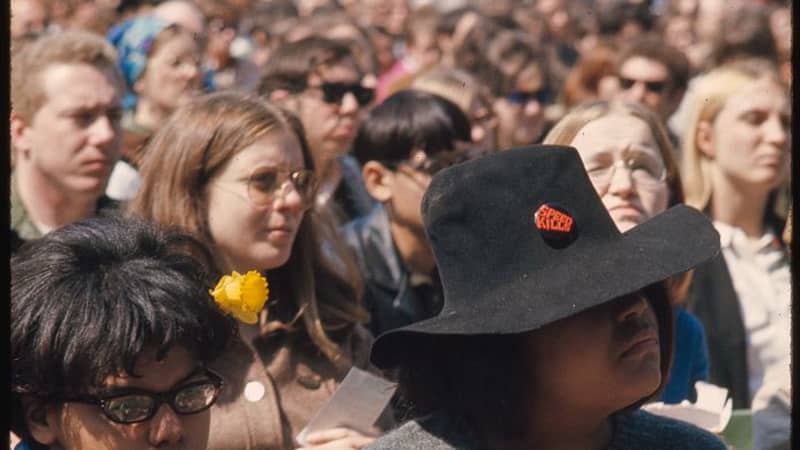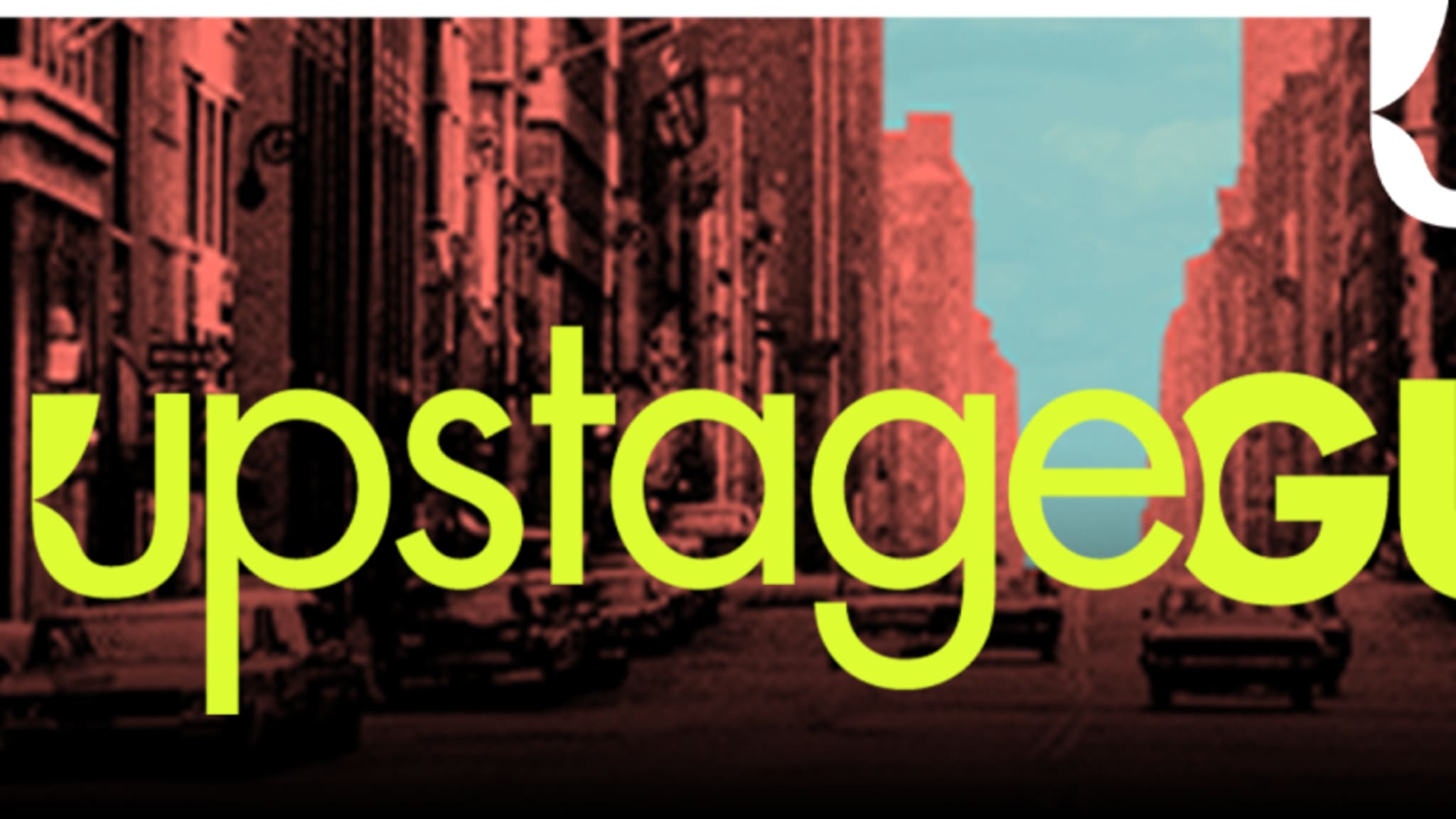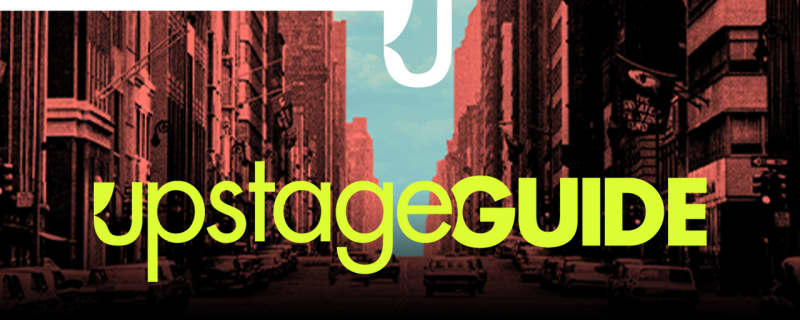From the founding of America, resistance to fighting in wars has emerged through personal and emotional conflicts, leading to protests, draft evasion (also referred to as dodging the draft), and conscientious objection. It's crucial to distinguish between draft evasion and conscientious objection. Draft evasion involves avoiding military service through illegal means, such as failing to register, fleeing the country, or providing false information to avoid conscription (conscription is any policy that uses force or threat of force to compel people to join the military). This is viewed as an attempt to avoid one's legal obligations and can lead to jail time and social ostracism. Conscientious objection, on the other hand, is a legally recognized stance where someone refuses military service due to strong moral, ethical, or religious beliefs. The first conscientious objectors on record in American history were Quakers, who, due to their pacifist beliefs, resisted military service in the early colonial period. As a result, they faced fines and were taxed for their refusal to fight. As opposition persisted across wars, alternatives to military service, such as non-combatant roles or civilian service, became available. These alternatives were dependent on the specific law in the country at the time of the objection.
During the Vietnam War in particular, many individuals avoided military service either through conscientious objection or evasion, forcing America to look at how they drafted young men to war. It is in this era that Home’s protagonist, Cephus Miles, is called up to service. While he states he has a moral objection to the law, his choice to simply ignore the call to service is considered illegal. This choice and the repercussions of not fulfilling a “patriotic duty” becomes central to his journey and his struggles. His story is just one representation of the complicated relationship people and communities have had with war and conscription throughout American history. What is the historical context of resistance to mandatory military service, and how did the Vietnam War alter America’s perspectives on the draft?
THE COLONIAL MILITIA (1636-1775)
Every Man therefore that wishes to secure his own Freedom and thinks it his Duty to defend that of his Country, should, as he prides himself in being a Free Citizen, think it his truest Honour to be a Soldier Citizen.
Exercise for the Militia of the Province of the Massachusetts Bay, Boston, 1758
The development of militias in the American colonies during the 1600s and 1700s played a significant role in shaping the early history of the United States. Since militias were made up of ordinary citizens, community members were involved in the defense of their own towns and regions, fostering unity and shared purpose among the settlers. In the Smithsonian Magazine article "Myths of the American Revolution" author John Ferling noted that at the start of the Revolutionary War in the North, “the initial rally to arms was impressive until colonists discovered how difficult and dangerous military service could be.” He further pointed out that as the war raged on, many colonies were “compelled to entice soldiers with offers of cash bounties, clothing, blankets, and extended furloughs or enlistments shorter than the one-year term of service established by Congress.” Although formal conscription was not yet established during the Revolutionary War, George Washington supported longer enlistments and advocated for conscription-like policies to entice men to join and remain in the army.
THE CIVIL WAR (1861 – 1865)
During the American Civil War, both the Confederacy and the Union introduced conscription laws. Almost one year after the war began, with increasing shortage of manpower, the president of the Confederate States, Jefferson Davis, signed the Confederate Conscription Act on April 16, 1862 - the first national draft in American history. It required white men between the ages of 18 and 35 to serve for three years, with some occupational exemptions. Wealthier individuals, as well as formally recognized conscientious objectors, could pay a fee of $300 (around $7,500 today) or hire a substitute to avoid service. This created an economic divide and the disparity led to many criticisms of the system.
The Union's Enrollment Act, enacted in March 1863 required the enrollment of every male citizen and immigrant aged 20 to 45. It had similar policies allowing substitution and faced harsh criticism that eventually led to many protests and riots.
New York City experienced the largest and most violent draft resistance event of the Civil War on July 13th, 1863, fueled by the belief that the draft unfairly targeted the working class and the poor. During the riots the Second Avenue Armory was seized, interrupting the selection of registrants’ names. Abolitionists’ homes, conscription offices, and city buildings were burned, shops looted, and Blacks, along with anyone refusing to join the protest, were tortured. New York troops were eventually called back from Gettysburg to put a stop to the rioting.
WORLD WAR I (1914 - 1918)
The Selective Service Act of 1917 was a pivotal moment in US military history, marking the first large-scale use of conscription for a global conflict. It set the foundation for the modern Selective Service System and demonstrated the government's power to mobilize citizens for military service during times of national crisis. Initially, eligible men aged 21 to 30 registered for the draft; later the ages expanded to 18 to 45. Local draft boards managed the registration and classified men based on factors such as age, occupation, and physical condition, again, exempting certain groups. A lottery determined the order of selection and all men called underwent a physical examination before enlistment. Those who passed the physical and mental requirements went to war.
There was significant opposition to the draft. In the initial round of drawing, 50,000 men applied for exemptions, and more than 250,000 did not register at all. In one 1918 round-up in New York City 16,000 men were arrested for failure to report. During this time, conscientious objectors could be assigned to non-service roles, allowing them to fulfill their duties in alternative ways that did not involve direct combat. After the war ended, efforts to establish standard military training and service were defeated in Congress. This draft played a crucial role in the US war effort and set a precedent for future conscription efforts.
WORLD WAR II (1939 – 1945)
While the draft in World War I began after the US entered the war, the draft for World War II began before the US even entered the conflict. In 1940, President Franklin D. Roosevelt signed the Selective Training and Service Act. The act required all able-bodied men ages 18 to 64 (later capped at 45) to register with their local draft board for military service during the war and six months after. By the end of the war in 1945, 50 million men between 18 and 45 had registered for the draft and 10 million had been inducted.
Draft evasion also occurred during this period, with some individuals failing to register or attempting to avoid military service through various means, such as seeking medical deferments. Although the penalties for draft evasion were severe, including fines and imprisonment, some men still chose this route rather than serving in the military.
KOREAN WAR (1950 – 1953)
After World War II, the Selective Service Act of 1948 maintained the draft system, though at a reduced level in response to the peacetime conditions. Once the Korean War began, the United States needed to quickly expand its military forces to respond to the conflict. The Selective Service System increased its draft calls significantly to meet the manpower needs. Men ages 18 to 26 were required to register. Selection was now based on birthdate, with the oldest available selected first. This was a departure from how the draft previously operated.

An anti-draft demonstration at the Central Park Bandshell in 1968.
Photo by Bernard Gotfryd, Library of Congress.
Congressman Alexander Pirnie reaching into a container of draft numbers (center) as others look on.
Photo by Marion Trikosko, Library of Congress.During the Vietnam War, the United States relied heavily on the draft. The first draft lottery since 1942 took place on December 1, 1969, at Selective Service National Headquarters in Washington, D.C. It was the first draft lottery to be covered by radio and television.
This event determined the order of induction for the calendar year 1970, affecting men born between January 1, 1944, and December 31, 1950. The lottery used 366 blue plastic capsules, each containing a birth date, placed in a large glass container. They were drawn by hand to assign call-up numbers to all men in the 18-26 age range as per Selective Service law. Congressman Alexander Pirnie (R-NY) of the House Armed Services Committee drew the first capsule, which held the date September 14. That meant men born on September 14 between 1944 and 1950 were assigned lottery number 1. The process continued until all days of the year had been assigned sequence numbers.
The draft faced significant controversy due to equity concerns, as deferments for college students and certain occupations meant that the burden fell disproportionately on working-class individuals. The anti-war movement fueled opposition to the draft, leading to protests and acts of draft resistance such as draft card burnings.
The Vietnam War divided the United States, especially as young people began questioning America's role in the conflict. Many more young adults sought ways to avoid service, with an overwhelming number claiming conscientious objector status or fleeing to Canada. Cephus Miles's strong belief in "Thou shalt not kill" shows his moral opposition to the draft and echoes the broader resistance of the time.
Conscientious objectors could serve in non-combatant roles like working in Civilian Public Service (CPS) camps. Life in these camps had long hours, low pay, and sometimes harsh living conditions. Other non-combat alternatives included civilian work inside hospitals, educational institutions, and social services. Individuals who refused to participate in any form of military service or CPS faced legal repercussions which could include imprisonment. Conscientious objectors often faced social stigma and labeled cowardly, unpatriotic, or unamerican. In Home, Cephus’ friends who died in the war are considered heroes, and he is considered a traitor.
The draft remained a contentious issue throughout the war. Public pressure eventually led to policy changes, such as reducing deferments and lowering the number of inductions.
1973 – Present
In 1973, the United States officially ended the draft, marking a shift to an all-volunteer military. This move was motivated by widespread opposition to conscription and an overwhelming desire to improve the quality of the armed forces. Even though the draft ended, its legacy and its controversies remained so poignant that in January 1977, when President Jimmy Carter took office, he pardoned nearly all those who had evaded the draft during the Vietnam War. The move aimed to promote national reconciliation and bring closure to the contentious era of the draft.
Carter supported the continued use of an all-volunteer military force and valued a professional army made up of civilians who willingly chose to serve their country. However, two years into his presidency global tensions were rising amid the Soviet Invasion of Afghanistan. As a precaution, Carter signed Proclamation 4771 which reinstated the requirement for young men aged 18 to 26 to register with the Selective Service System. This is still the case today.
Although the US military today is currently an all-volunteer force and there is no active draft, the Selective Service System serves as a contingency measure to maintain a database of potential draftees in case conscription is reinstated. Men who fail to register for Selective Service can face legal and economic consequences, such as ineligibility for federal student aid or certain government jobs. If you visit the Selective Service website today, you will see clearly stated, “It’s important to know that even though he is registered, a man will not automatically be inducted into the military.” Today the volunteer nature of the military promotes a strong relationship between society and those who choose to serve, emphasizing mutual respect and commitment.
CONNECT AND REFLECT – after the show
Was Cephus Miles justified in his decision to refuse the draft for the Vietnam War? What factors do you think influenced his choice? What would you do if you were in Cephus’s position?
References
|
Asal, Victor, Justin Conrad, and Nathan Toronto. "I Want You! The Determinants of Military Conscription." Journal of Conflict Resolution, vol. 61, no. 7, 2017, pp. 1456-1481. Doubler, Michael D. I Am the Guard: A History of the Army National Guard, 1636-2000. University Press of Kentucky, 2001, p. 14. Dupree, A. Hunter, and Leslie H. Fishel Jr. "An Eyewitness Account of the New York Draft Riots, July, 1863." The Mississippi Valley Historical Review, vol. 47, no. 3, Dec. 1960, pp. 472-479. Ferling, John. "Myths of the American Revolution." Smithsonian Magazine, Jan. 2010. Flynn, George Q. "The Draft and College Deferments During the Korean War." The Historian, vol. 50, no. 3, May 1988, pp. 369-385. Taylor & Francis, Ltd. Jurden, John P. "Conscientious Objectors." GPSolo, vol. 22, no. 1, Jan.-Feb. 2005, pp. 46-50. Kestnbaum, Meyer. "Citizenship and Compulsory Military Service: The Revolutionary Origins of Conscription in the United States." Armed Forces & Society, vol. 27, no. 1, fall 2000, pp. 7-36. Levine, Peter. "Draft Evasion in the North during the Civil War, 1863-1865." The Journal of American History, vol. 67, no. 4, Mar. 1981, pp. 816-834 Maxwell, Donald W. "Young Americans and the Draft." OAH Magazine of History, vol. 20, no. 5, Oct. 2006, pp. 37-39. Oxford University Press. Perri, Timothy J. "The Evolution of Military Conscription in the United States." The Independent Review, vol. 17, no. 3, winter 2013, pp. 429-439. Shaw, William L. "The Confederate Conscription and Exemption Acts." The American Journal of Legal History, vol. 6, no. 4, Oct. 1962, pp. 368-405. "Timeline of Conscription." PBS NewsHour Classroom, https://newshour-classroom-tc.digi-producers.pbs.org/uploads/app/uploads/2014/03/Timeline-of-conscription.pdf. Quigley, Paul. "Civil War Conscription and the International Boundaries of Citizenship." Journal of the Civil War Era, vol. 4, no. 3, Sept. 2014, pp. 373–397. Rostker, Bernard. "World War II." Providing for the Casualties of War: The American Experience Through World War II, RAND Corporation, pp. [175-230]. "When to Register." Selective Service System, www.sss.gov/register. Williams, Samm-Art. Home. Dramatists Play Service, 1980. |



